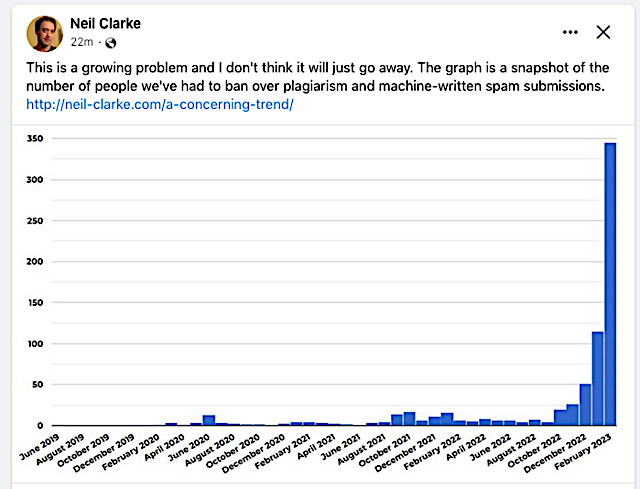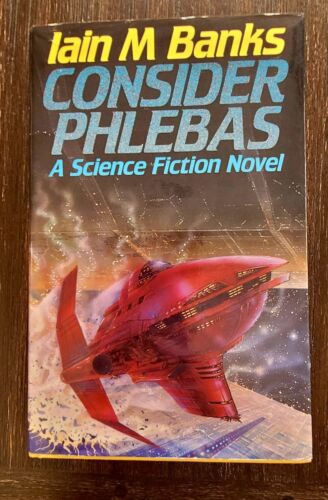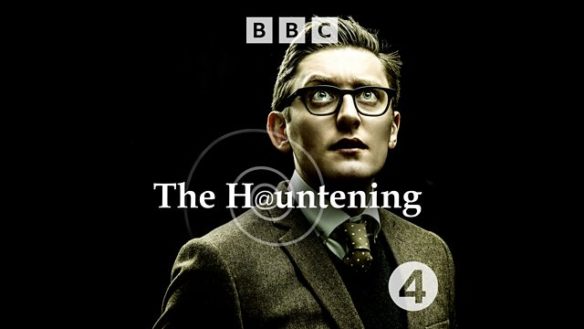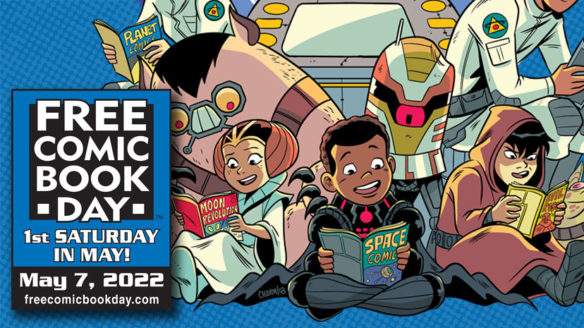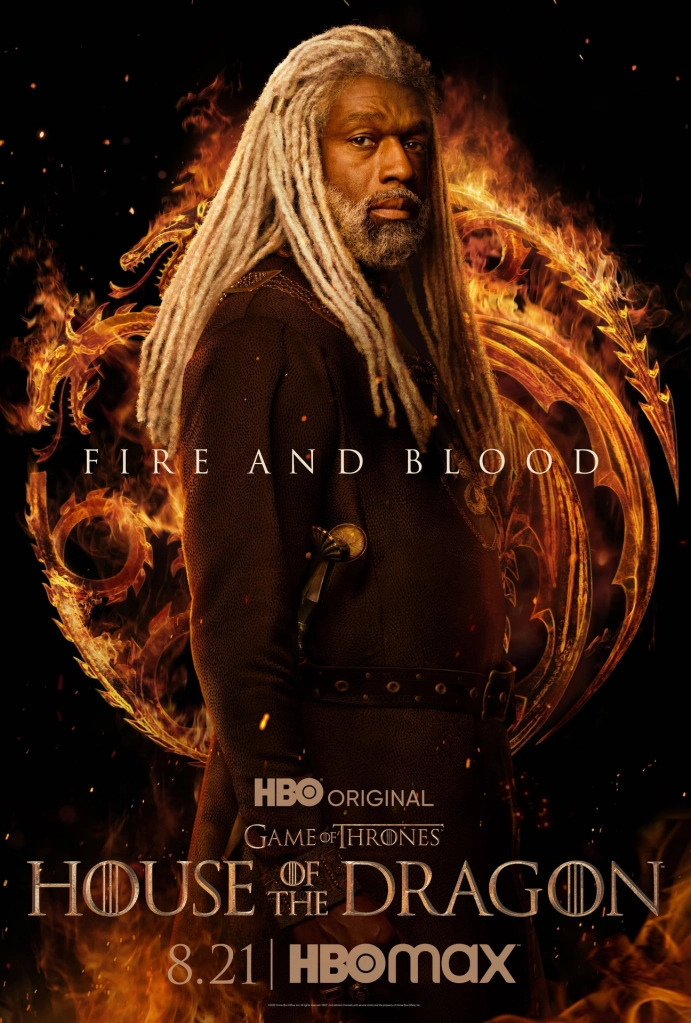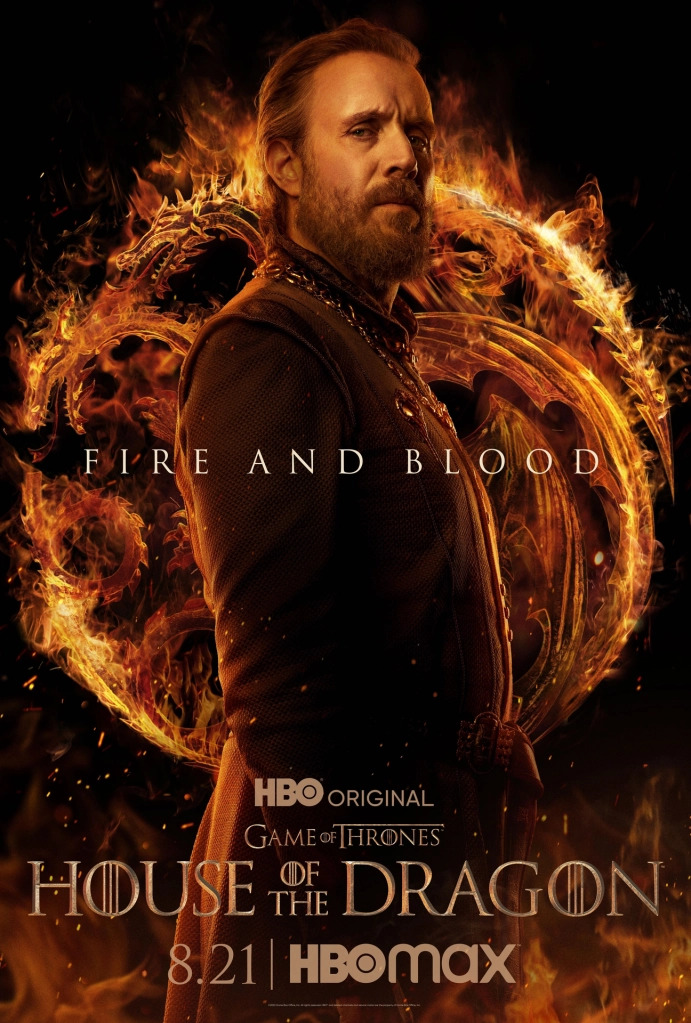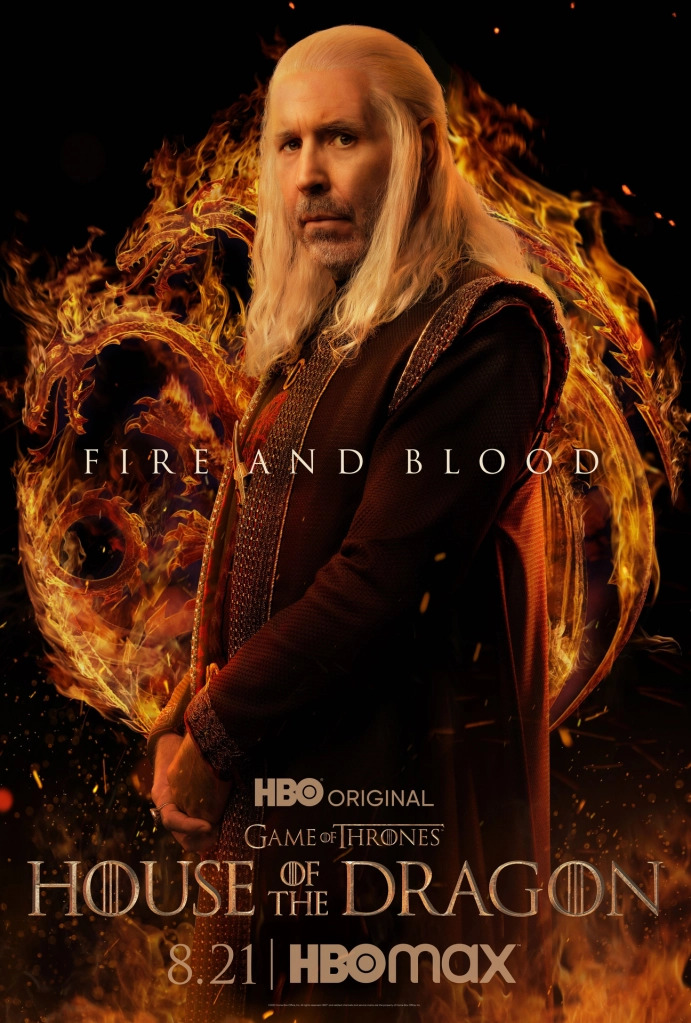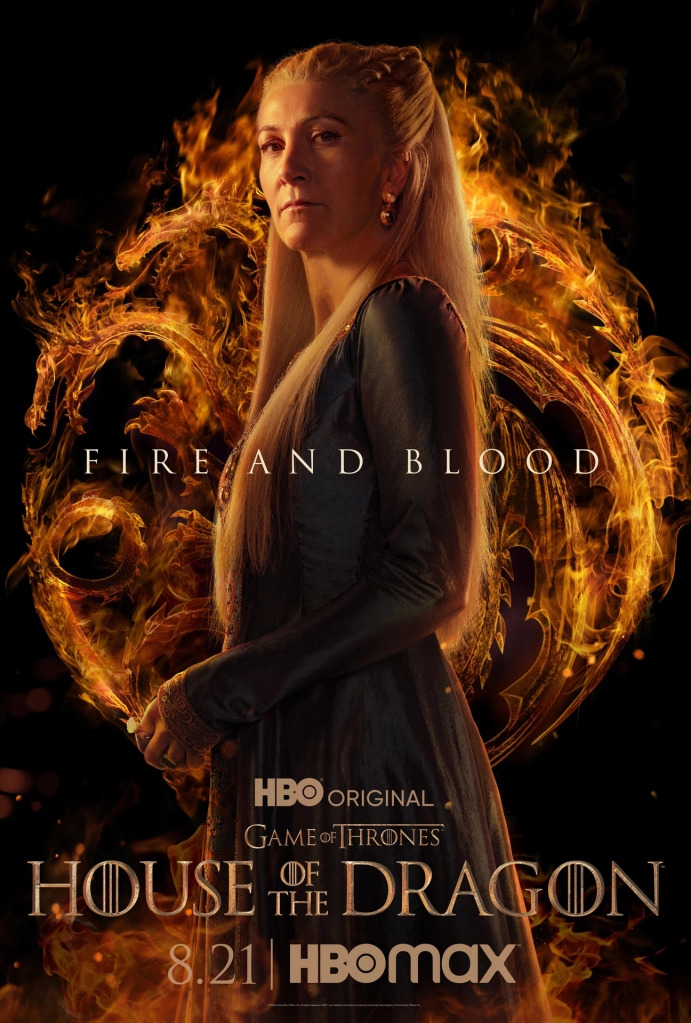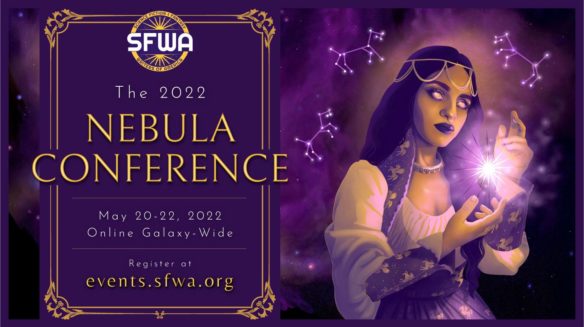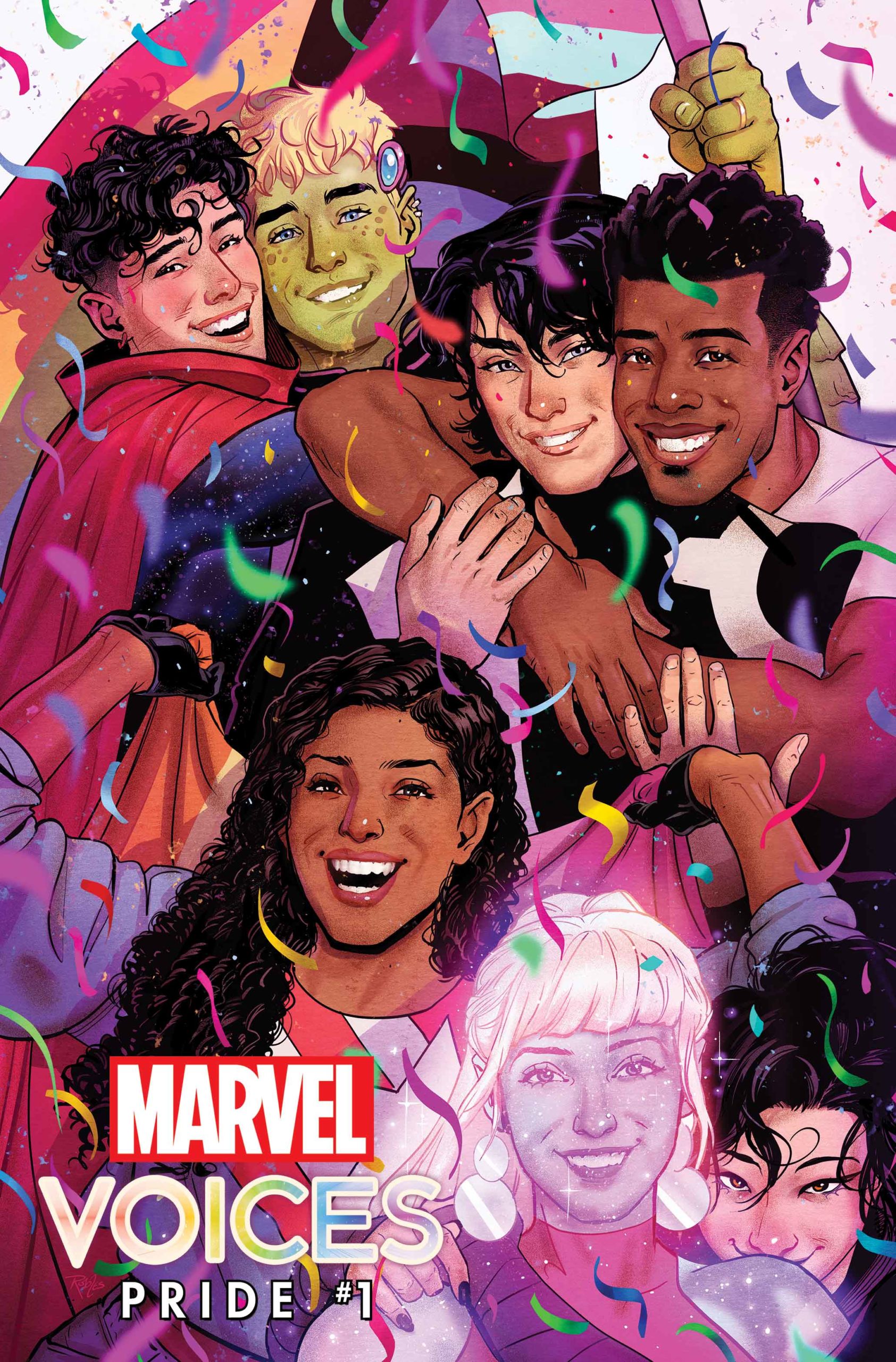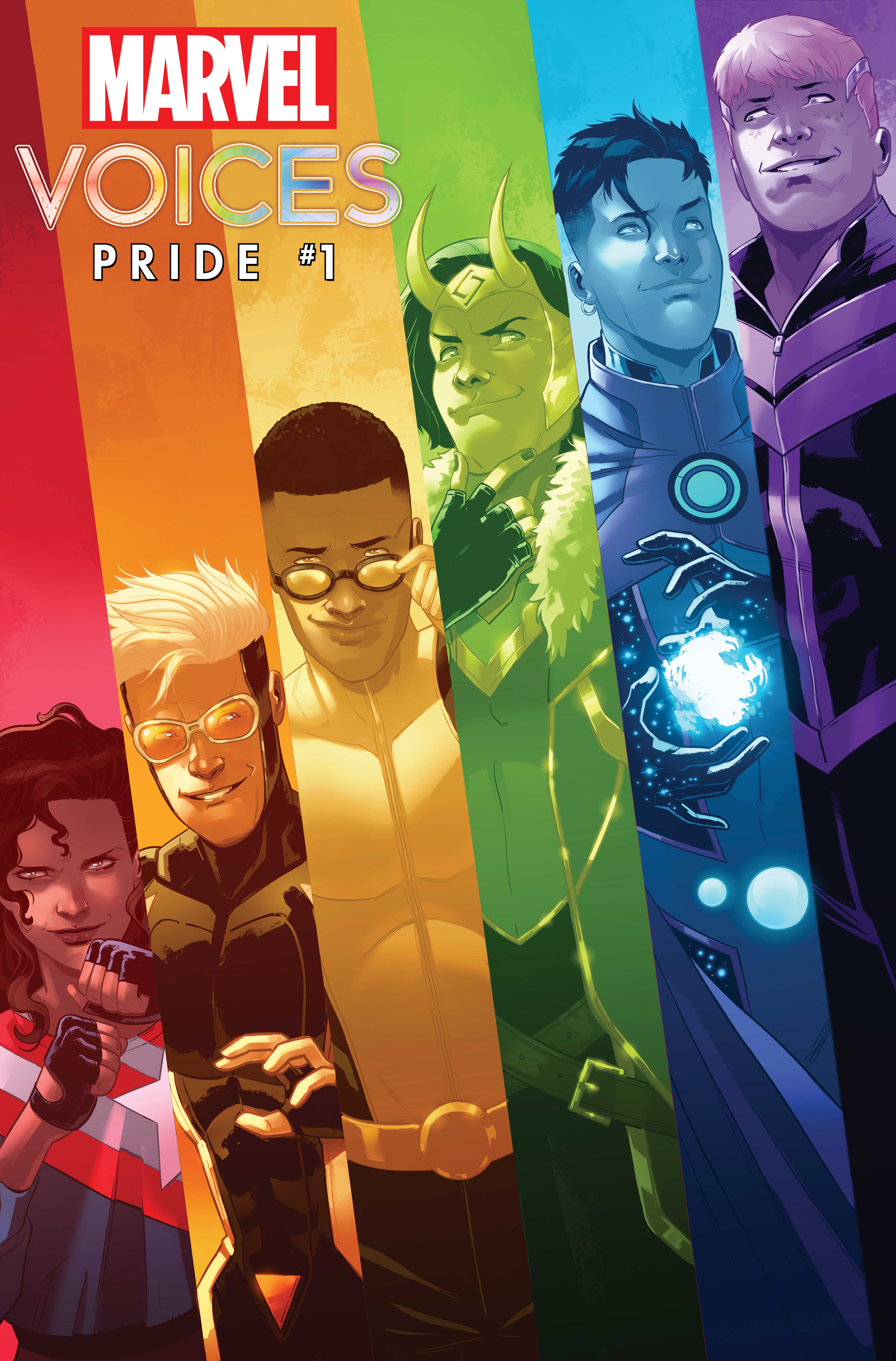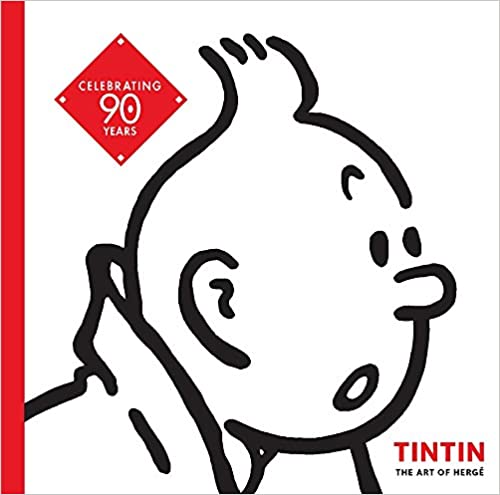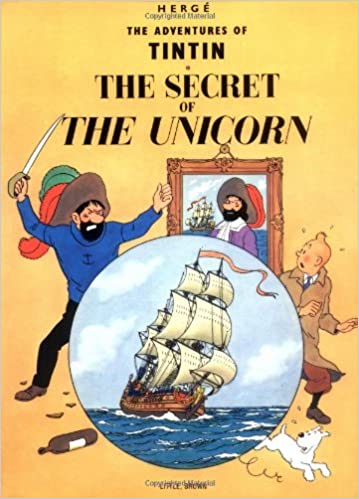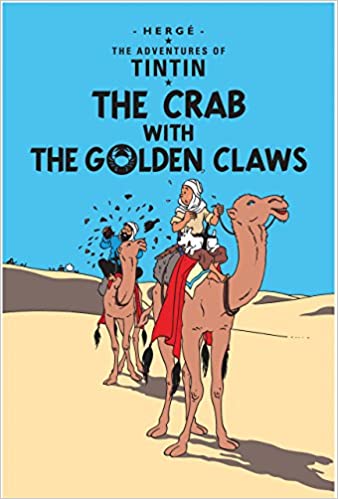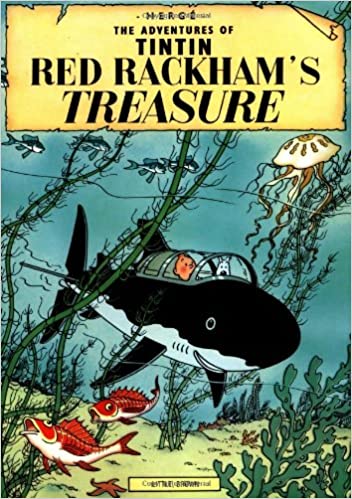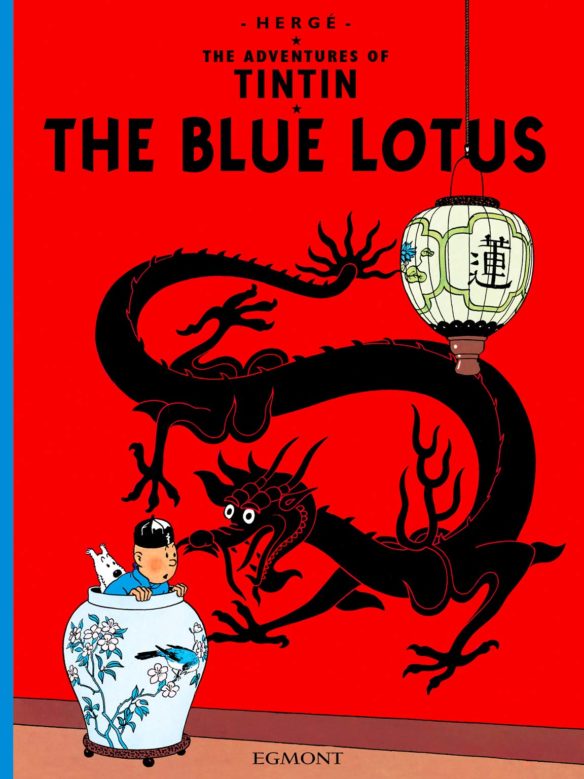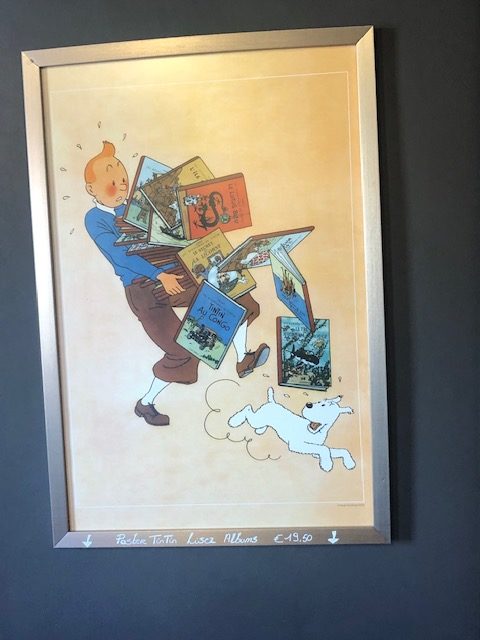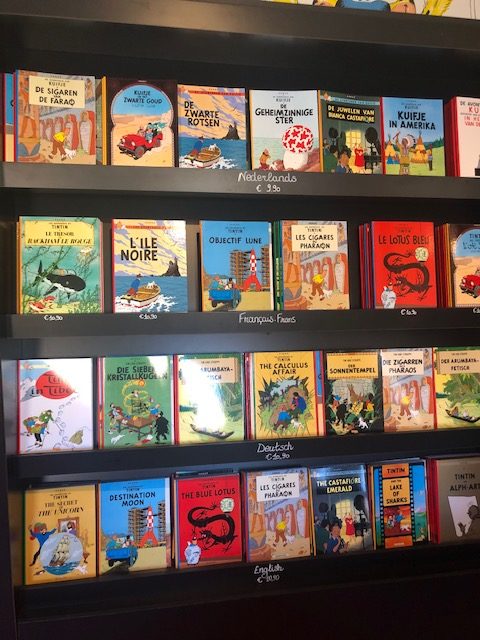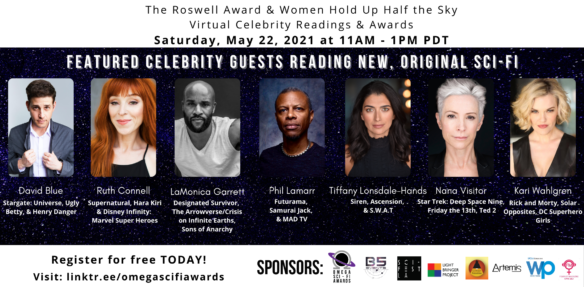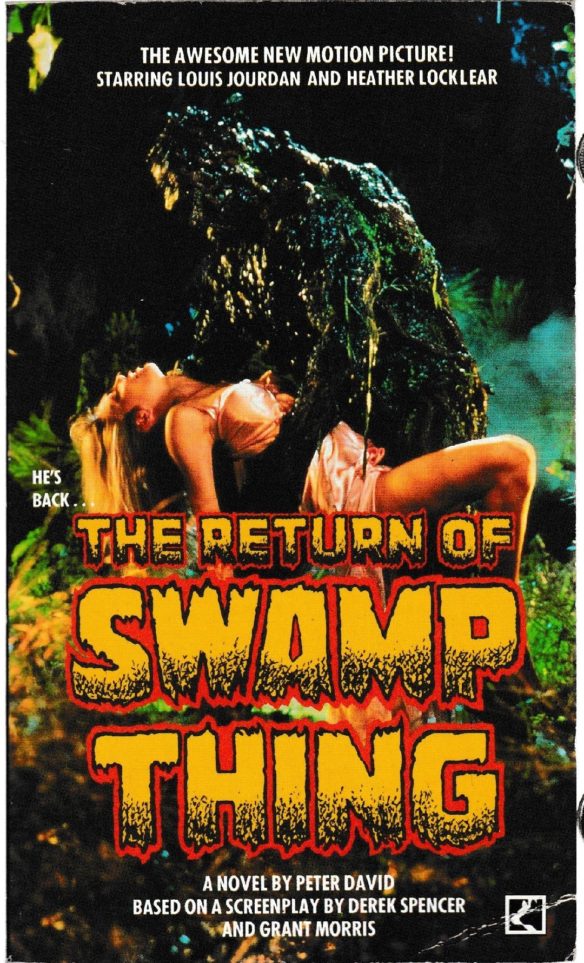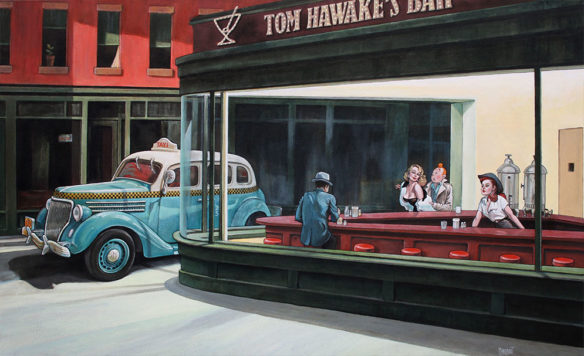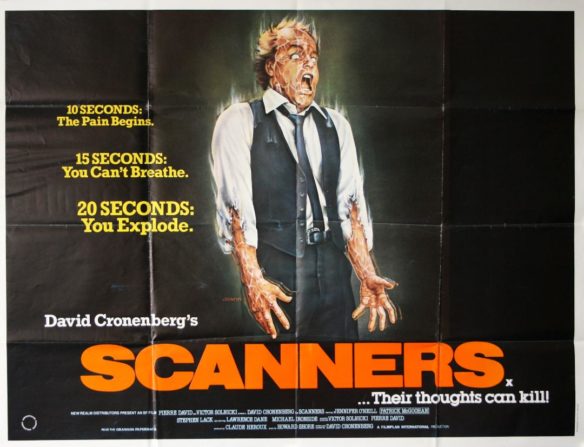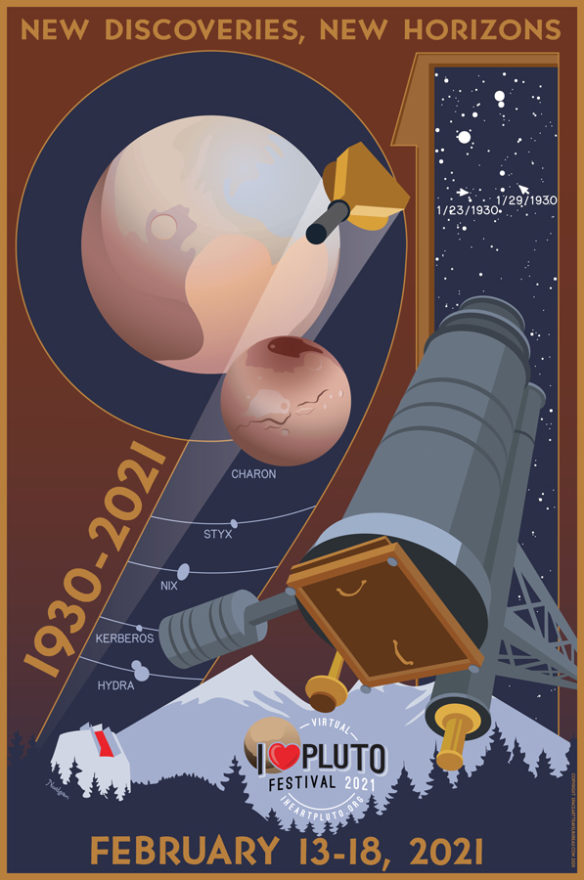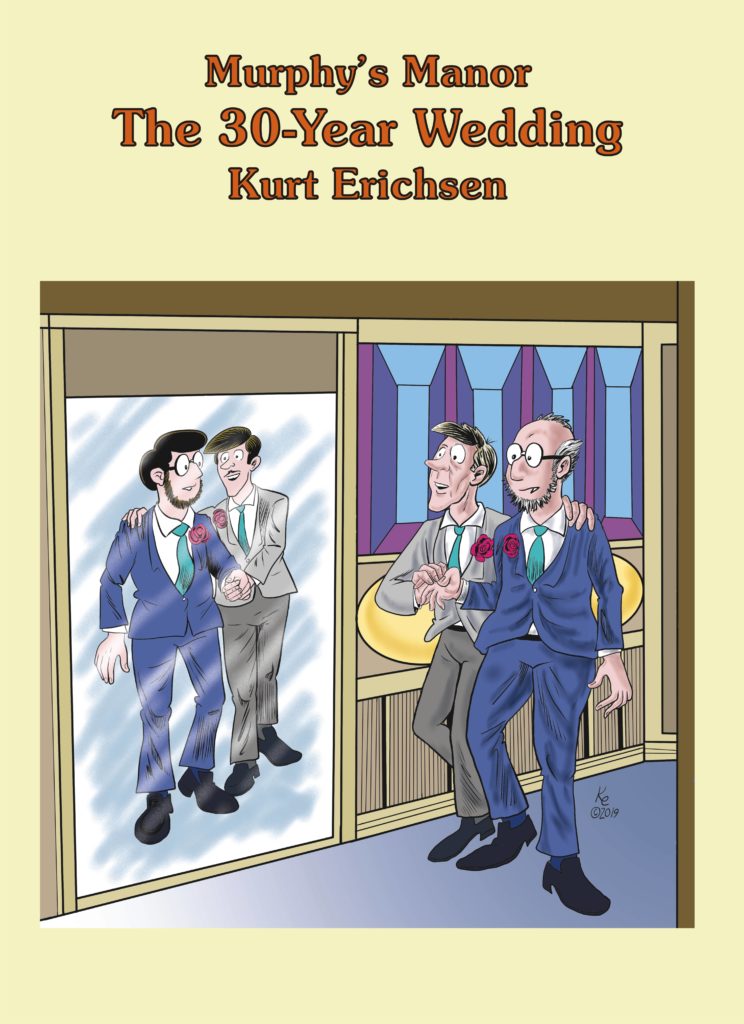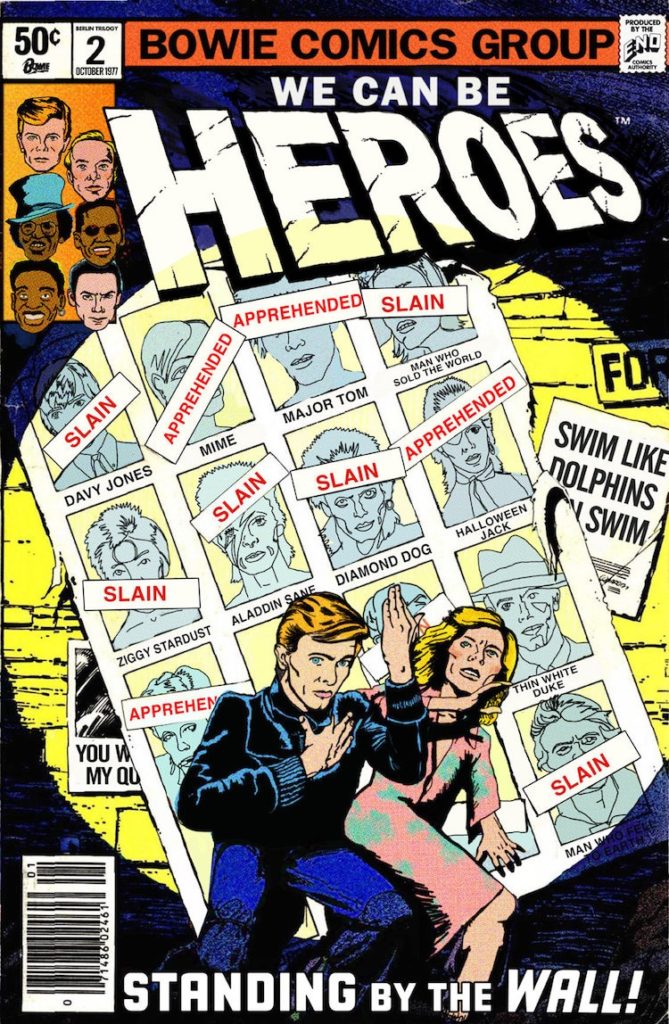(1) ENTERING PUBLIC DOMAIN IN 2025. At John Mark Ockerbloom’s blog Everybody’s Libraries you can use this hashtag to access his #PublicDomainDayCountdown – a series of daily posts through the end of the year highlighting the works falling out of copyright in the U.S. Here are some examples.
- The Broadway Melody (film) – “All singing! All dancing!”
- Arthur Conan Doyle’s last Professor Challenger story – “Not eliminating the impossible”
- Hemingway’s A Farewell To Arms (novel) — “A Farewell to Arms”
- The earliest adventures of Popeye – “I yam what I yam, kinda”
- Arthur Freed and Nacio Scott Brown’s “Singin’ in the Rain” – “What a glorious feeling, in the public domain”
- Three hardboiled detective classics as published in Black Mask – “Hardboiled treasure in the public domain”
- Fictional detective Ellery Queen debuts in The Roman Hat Mystery – “Ellery Queen arrives on the scene”
- Marx Brothers’ stage play, Animal Crackers, and first feature film, The Cocoanuts – “Take your Marx”
- Tintin – “Tintin au pays du domaine public”
(2) OTHER COVERAGE. Animation Magazine is ready: “Popeye & Tintin Enter the Public Domain in 2025”
Two icons of comics and animation history will be entering the public domain in the U.S. as of January 1, 2025, opening their earliest representations up to be used and repurposed without permission or payment to copyright holders: E.C. Segar’s idiosyncratic sailor-man Popeye and Belgian comics artist Hergé’s globe-trotting reporter Tintin.
The Public Domain Review is also doing a countdown “What Will Enter the Public Domain in 2025?” (They give a hat tip to Ockerbloom’s blog.)
(3) NEVALA-LEE AND MALZBERG DIALOGS. [Item by Alec Nevala-Lee.] I was very sorry to see the post announcing the death of Barry Malzberg, who was an important figure in my life. It inspired me to look back at our voluminous email correspondence, which I’ve decided to put online, on the assumption that other people might find it interesting as well: “Barry N. Malzberg and Alec Nevala-Lee (Emails 2016–2023)”.
In 2016, I reached out to Barry N. Malzberg with a question relating to my book Astounding: John W. Campbell, Isaac Asimov, Robert A. Heinlein, L. Ron Hubbard, and the Golden Age of Science Fiction. The result was an intermittent email correspondence that grew over the next six years to an astounding 25,000 words. I’m posting it here because it contains a lot of interesting material, as well as the single greatest compliment that I’ve ever received, which Malzberg emailed to me on February 2, 2017: “It is clear to me that you may be already science fiction’s most promising writer and thinker to emerge since Alfred Bester stumbled into the room almost eight decades ago. Like the Elizabethan theater before Shakespeare, we have been waiting for you without really knowing we were waiting for you.” I don’t believe that this was ever true—certainly not when Malzberg said it to me—but I’ve treasured it ever since. Malzberg, for all his flaws, was an essential figure in my life, and I deeply regret that I’ll never have the chance to speak to him again.
(4) OCTOTHORPE. Episode 125 of the Octothorpe podcast, “I’m Physically Present in This Hotel Room”, is belatedly here!
We read some letters of comment, we discuss the Seattle online Business Meeting plan and also the news from Smofcon 41, and Liz tells us what the objectively correct best Christmas movie is.
Get the transcript here.

(5) SFF REVIEWS. Lisa Tuttle, in “The best recent science fiction, fantasy and horror – reviews roundup” for the Guardian, discusses: Troll: A Love Story by Johanna Sinisalo; How to Build a Universe that Doesn’t Fall Apart Two Days Later by Philip K Dick; The Woman Who Fell to Earth by RB Russell; and Mystery Lights by Lena Valencia.
(6) MEMORY LANE.
[Written by Paul Weimer.]
December 20, 1985 — Enemy Mine
By Paul Weimer: First, for me, came the movie. It was 1985, and if you’ve been following my timeline of movie watching, this was when I was finally going to movies on my own. Back to the Future was a big movie I saw that year, but that winter, there was Enemy Mine.
I had not read the novella that the movie is based on, although I would, later, get an edition that included all of the ancillary material that helped inspire the novella. And, of course, the film.
This again was 1985 and like Back to the Future, I was delighted to be able to immerse myself in a new property. This was in space but it was not Star Wars or Star Trek, and it was better than a lot of the dreck I had seen on television, mostly. Dawitch and Jerry as played by Dennis Quaid and Louis Gossett Jr. were compelling and I did see it opening weekend…but it turns out, not many other people did. Despite the performances and the obvious appeal of a Cold War story, the movie financially bombed.
I blame the poster. Look at the poster sometime. I had gone in, looking at that poster, expecting a movie where the two are continually at war, and what I got was something far more interesting, complex and dynamic…two people from two different species who hate each other, but eventually learn to trust, even love one another. The movie’s message is powerful, and its advertising completely ignores it. It does it a disservice (Years later, when seeing John Carter, I would remember it being similarly badly served).
And thanks to the movie, I still want to go to the Canary Islands, to the volcanic area that the movie is filmed in. It’s a bleak and eyecatching place, and my camera and I would love to capture it and experience the location first-hand.

(7) TODAY’S BIRTHDAY.
[Written by Paul Weimer.]
Born December 20, 1960 — Nalo Hopkinson, 64.
By Paul Weimer: There are some authors and their books that shake you completely and utterly out of your comfort zone. Nalo Hopkinson is one of those authors. We cast our minds back to the late 1990s as I was growing in my science fiction reading, moving toward my path of being a reviewer and critic. I had not yet really started to read that widely, but I was learning. When I saw Brown Girl in the Ring, her debut novel, it looked completely different than anything I had ever read before. So, in the spirit of trying to broaden my reading, I picked it up.
And it knocked me on my arse. Late 21st century Toronto setting. Afro-Caribbean culture? African Mythology and deities mixed in with a believable and immersive dystopian future. This novel hit buttons of mine hard, and buttons that I didn’t know I had. I think that this was one of the first novels that started my quest to start looking for books “Beyond the Great Walls of Europe”, to engage with other traditions, cultures, starting points. It was absolutely superb. And if you haven’t read it, it’s short and punchy, I devoured it in a couple of days.
Since then, Hopkinson has been a feature in my reading ever since, from Midnight Robber through works like The Salt Roads to more recent works like her recent Blackheart Man. Nalo’s output is not a tsunami of novels and stories; her work is more like the work of Ted Chiang, a few startingly potent and polished gems that are potent and powerful. She’s not a writer for every cup of tea, that uncompromising nature of her work means that there can be some rather tough subjects and themes in the work. But I think her work is worth it.

(8) COMICS SECTION.
- Close to Home features a Sith’s retirement job.
- Dinosaur Comics has a fine name.
- Non Sequitur uncovers Stone Age quotas.
- Rudy Park says there’s a planetary conspiracy.
(9) KRYPTO’S VALUE. Brian Cronin’s CBR. Newsletter discussed the origins and role of Krypto – unfortunately, there’s no public link to it. (And it wouldn’t be nice for me to gank the whole article.)
…Like most new characters (including Batman’s answer to the dog trend, Ace the Bathound, who debuted a few months later), Krypto was only intended to be a one-off character, just something that Otto Binder and Curt Swan could introduce to get through another issue of the Superboy feature, but fan response was strong enough that Krypto soon returned, and became a regular fixture in the series. He was then added to the main Superman comic books, as well (althoguh he did not play as major of a role in the stories of Superman as an adult as he did in Superboy stories, there is just something special about a boy and his dog). Krypto was a major part of the Superman titles in the 1960s, as the titles began to introduce more and more characters, like Streaky the Super Cat (she and Krypto had quite the rivalry).
What made Krypto so special to Superman?
The importance of Krypto was made clear by the late, great Martin Pasko in Action Comics #500 (by Pasko, Swan, and Frank Chiaramonte), when Superman is walking with reporters through the Superman Pavilion of the Metropolis World’s Fair, and reflecting on his life. Krypto comes up, and Superman speaks about the loneliness that comes from being the “Last Son of Krypton.” It is not just a matter of being the only survivor from your planet, which, of course, carries along a tremendous amount of survivor’s guilt, but there is also the problem where, because of the way that Earth gives you special powers, that you are alone on THIS planet, too, because you’re different than everyone else. That is, therefore, why Krypto was so important to Superman, because it was someone that Superman could relate to, even if he was “only” a dog…
(10) HAPPY BIRTHDAY SPACE FORCE. “US Space Force 5 years later: What has it accomplished so far, and where does it go from here?” Space tries to supply an answer. Will this bureaucratic growth survive a second Trump administration, despite being founded during the first?
The U.S. Space Force celebrates its fifth anniversary today.
The service was formally established on Dec. 20, 2019, when President Donald Trump signed it into law with the National Defense Authorization Act, the bill that allocates U.S. military spending each year. Since then, the U.S. Space Force has grown to nearly 15,000 servicemembers and civilian personnel. In its fifth year, Space Force has overseen astronaut launches from its facility at Florida’s Cape Canaveral Space Force Station and has even seen one of its own active Guardians, as Space Force members are known, launch into space.From GPS navigation networks to weather forecasting, from broadband internet to early-warning missile detection systems, the U.S. (like many other nations) increasingly depends on space-based technologies for its way of life. Space Force’s role in protecting and overseeing these technologies has evolved and grown over the last five years, and will likely continue to do so as it moves forward. But just what has Space Force accomplished in its first five years, and where will it go from here?
… From a piece of legislation to launching its own personnel from its own launch site, Space Force set a brisk pace in its first five years.
The service’s current Chief of Space Operations, Gen. Chance Saltzman, highlighted the rapid growth of Space Force in remarks given at the Center for Strategic and International Studies’ (CSIS) “Celebrating the U.S. Space Force and Charting Its Future” event in Washington, D.C., on Dec. 17.
“On average, we have tripled in size every year for the last five years in personnel, an astounding growth rate for any government organization,” Saltzman said. “We have reimagined operations, redefined policies [and] reworked processes from the ground up to forge a service purpose-built for great power competition.
“All of this in just five years.”…
(11) WHO IS NUMBER ONE? A nice way to see out the year! “Booksellers predict Orbital by Samantha Harvey will be UK No 1 bestselling book” reports the Guardian.
This year’s Booker prize winner will be the Christmas No 1 bestseller, predict UK booksellers.
The Booksellers Association (BA) asked bookshop staff which book they think could reach the festive top spot, and Orbital by Samantha Harvey was the most popular response.
The slim volume was “selling well even before the Booker prize win, and since then it has been flying off the shelves,” said Amanda Truman, who owns Truman Books in Farsley, West Yorkshire.
Fleur Sinclair, president of the BA and owner of Sevenoaks Bookshop in Kent, would be “amazed” if Orbital doesn’t top the charts. Between its Booker win and “accessible paperback format and price, so many of our customers are buying it both for themselves and as gifts”.
Orbital became the first Booker novel to hit No 1on the UK bestseller chart in the week of its win, with 20,040 copies sold that week. The novel follows a day in the life of six astronauts on the International Space Station.
Aside from the novel “being a literary masterpiece, awards really help sell books”, said Jude Brosnan, marketing manager at Stanfords bookshops. “Along with all the extra promotion they provide, we find customers really appreciate recommendations – even more so at this time of year.”
(12) OSCARS IN TIMES TO COME. [Item by Steven French.] The Guardian’s “Week in Geek” pushes for more recognition for ‘mo-cap’ acting: “Aliens, Gollum and talking raccoons: when will the Oscars finally reward mo-cap acting?”
Picture the future: it’s the Oscars 2034, and the best actor prizes are no longer split into male and female categories. Instead, there is an award for best performer in a live action role, and another for best actor in a performance capture role. Meryl Streep and Tom Hanks can finally go head-to-head for their epic turns in Sophie’s Choice II and Even Bigger respectively, while Zoe Saldana and Andy Serkis are up for the latter for their startling performances in Avatar 6 and The Lord of the Rings: What Gollum Did Last Summer.
Some might suggest this is a tantalising vision of a world where the Academy has finally caught up with the realities of modern acting. Others would no doubt point out that the Oscars has been rewarding work where the actor’s real face is obscured by makeup, prosthetics, masks, or other transformations for decades, ever since John Hurt received a best actor nod for The Elephant Man in 1980. The difference is that while Robert Downey Jr somehow managed to snag a nomination for playing an Australian method actor donning blackface in the biting 2008 satirical comedy Tropic Thunder, the likes of Avatar’s Saldana and Lord of the Rings’ Serkis seem doomed to Oscars limbo, as they pour their hearts repeatedly into roles only to watch awards season roll by like an indifferent Na’vi riding a banshee past a crying Jake Sully.
(13) VIDEO OF THE DAY. [Item by Todd Mason.] Colbert and company love their animation… “’It’s A Worm-derful Life’ – A Late Show Animated Holiday Classic”.
Santa and his workshop are, like America, having a bumpy sleigh ride transitioning to the incoming Trump administration. When Elon Musk is put in charge of Christmas efficiency as part of his D.O.U.C.H.E. program, Santa must either pledge absolute loyalty, or face a gladiator battle of ancient Roman proportions. Will Father Christmas survive? Will Joe Biden stay awake through the entire special? Will RFK Jr.’s brainworms have enough brain meat left to eat this winter? Find out in “It’s A Worm-derful Life,” the new Late Show Holiday Animated Classic!
[Thanks to Chris Barkley, Cat Eldridge, SF Concatenation’s Jonathan Cowie, Alec Nevala-Lee, John Coxon, Todd Mason, Steven French, Kathy Sullivan, Teddy Harvia, Mike Kennedy, Andrew Porter, and John King Tarpinian for some of these stories. Title credit belongs to File 770 contributing editor of the day Jeff Jones.]








